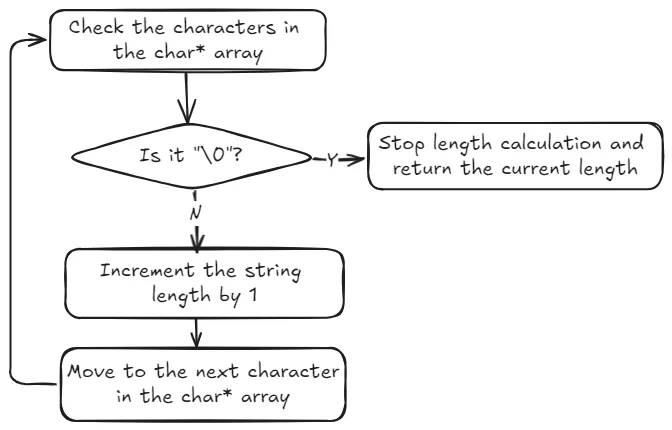Redis Set SINTERCARD Command
The Redis SINTERCARD command returns the cardinality of the set which would result from the intersection of all the given sets. Keys that do not exist are considered to be empty sets. With one of the keys being an empty set, the resulting set is also empty (since set intersection with an empty set always results in an empty set).
Syntax
The basic syntax of the SINTERCARD command is as follows:
1 | SINTERCARD numkeys key [key ...] [LIMIT limit] |
This command is similar to SINTER, but instead of returning the result set, it returns just the cardinality of the result.
By default, the command calculates the cardinality of the intersection of all given sets. When provided with the optional LIMIT argument (which defaults to 0 and means unlimited), if the intersection cardinality reaches limit partway through the computation, the algorithm will exit and yield limit as the cardinality. Such implementation ensures a significant speedup for queries where the limit is lower than the actual intersection cardinality.
Available Since
Redis version >= 7.0.0
Time Complexity
O(N*M) worst case where N is the cardinality of the smallest set and M is the number of sets.
ACL Categories
@read, @set, @slow
Return Value
Returns the number of elements in the resulting intersection.
Example
1 | 127.0.0.1:6379> SADD key1 a b c d |


